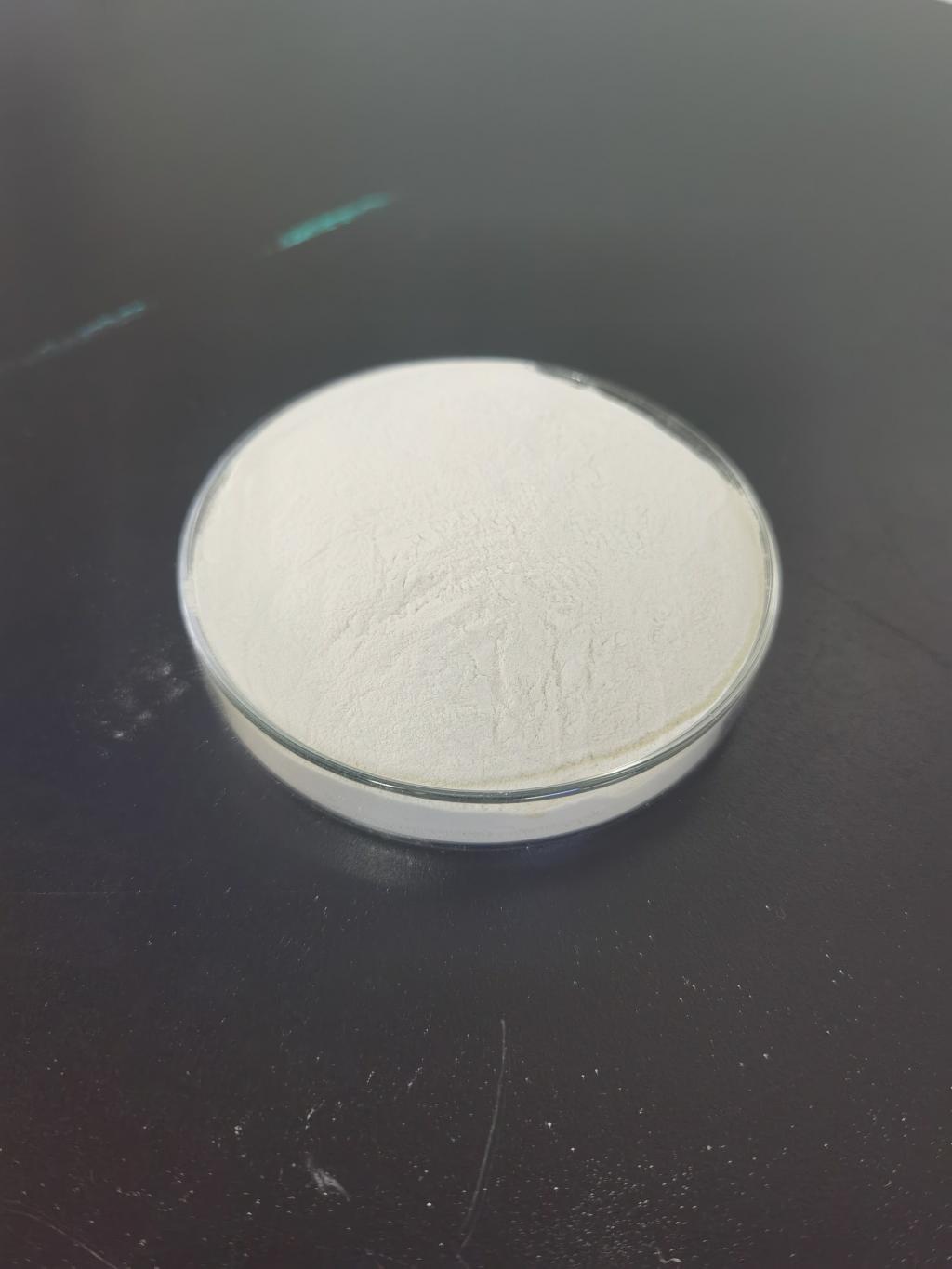Tel:+8618231198596

News
 CONTACT
CONTACT
 CONTACT
CONTACT
- Linkman:Linda Yao
- Tel: +8618231198596
- Email:linda.yao@dcpharma.cn
- Linkman:CHARLES.WANG
- Department:Overseas
- Tel: 0086 0311-85537378 0086 0311-85539701
News
Current Position:
Home >
News
>Can Nisin be used as a natural preservative in baby food or infant formula?
Can Nisin be used as a natural preservative in baby food or infant formula?
TIME:2023-06-02
Introduction:
Baby food and infant formula play a critical role in the early nutrition and development of infants. However, the susceptibility of infants to foodborne pathogens necessitates stringent safety measures. This section outlines the importance of food preservation in baby food and infant formula, highlighting the need for natural and safe alternatives to synthetic preservatives.
Nisin as a Natural Antimicrobial:
Nisin, a peptide produced by Lactococcus lactis, possesses potent antimicrobial properties against a wide range of Gram-positive bacteria, including some foodborne pathogens. This section provides an overview of the structure, mode of action, and safety profile of Nisin, emphasizing its suitability as a natural preservative in infant food products.
Antimicrobial Efficacy of Nisin in Baby Food and Infant Formula:
The antimicrobial efficacy of Nisin in baby food and infant formula is crucial to ensure microbial safety and extend shelf life. This section examines the effectiveness of Nisin against common foodborne pathogens and spoilage microorganisms that can be present in these products. It explores the dosage requirements, application methods, and potential interactions with other ingredients.
Safety Considerations:
The safety of Nisin in baby food and infant formula is paramount. This section discusses the potential allergenicity, toxicity, and impact on the gut microbiota associated with Nisin consumption in infants. It also reviews relevant safety studies and regulatory approvals to assess the suitability of Nisin for use in these specialized food products.
Regulatory Landscape:
Compliance with regulatory standards is crucial for the successful utilization of Nisin in baby food and infant formula. This section provides an overview of the regulatory considerations and approvals for Nisin in different countries and regions. It highlights the regulations specific to infant food products and the maximum allowable limits for Nisin usage.
Challenges in Implementing Nisin as a Preservative:
The implementation of Nisin as a natural preservative in baby food and infant formula is not without challenges. This section discusses the potential hurdles related to stability, formulation compatibility, sensory effects, and cost considerations. It also explores potential strategies to overcome these challenges and optimize the use of Nisin in these specialized food products.
Consumer Perception and Acceptance:
Consumer perception and acceptance are crucial factors influencing the adoption of Nisin as a preservative in baby food and infant formula. This section examines consumer attitudes towards natural preservatives and their perception of Nisin. It explores the potential barriers and strategies to enhance consumer acceptance and understanding of Nisin as a safe and effective preservative.
Future Perspectives:
The potential applications of Nisin in baby food and infant formula offer promising prospects for improving food safety and quality. This section highlights the future directions for research and development, including innovative delivery systems, optimization of Nisin concentrations, and studies on long-term effects. It also explores the potential integration of Nisin with other natural preservatives or technologies for enhanced efficacy.
Conclusion:
Nisin holds significant potential as a natural preservative in baby food and infant formula, providing effective control against foodborne pathogens and spoilage microorganisms. Its natural origin, safety profile, and regulatory approvals make it an attractive alternative to synthetic preservatives. However, further research, regulatory considerations, and consumer acceptance studies are necessary to facilitate its successful implementation and ensure the well-being of infants consuming these specialized food products.
- Tel:+8618231198596
- Whatsapp:18231198596
- Chat With Skype







